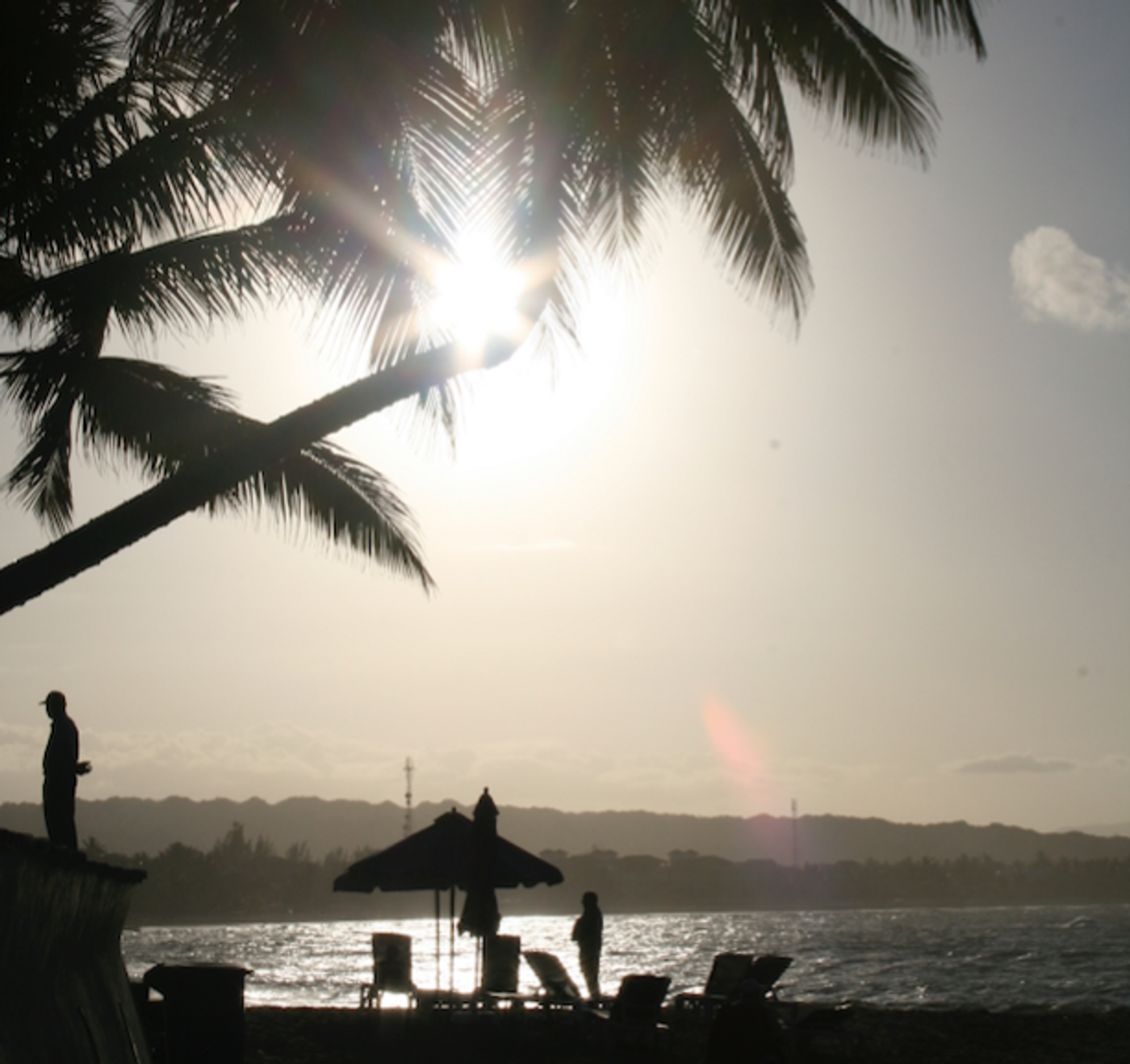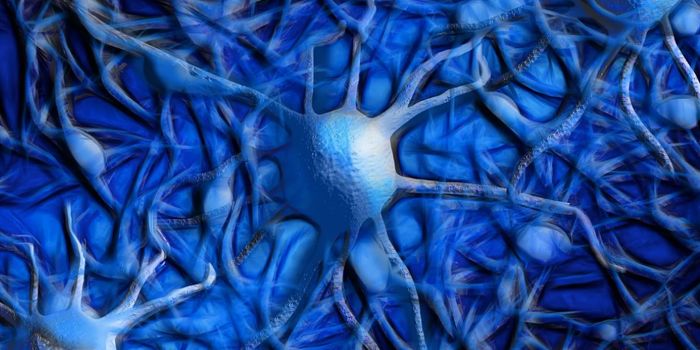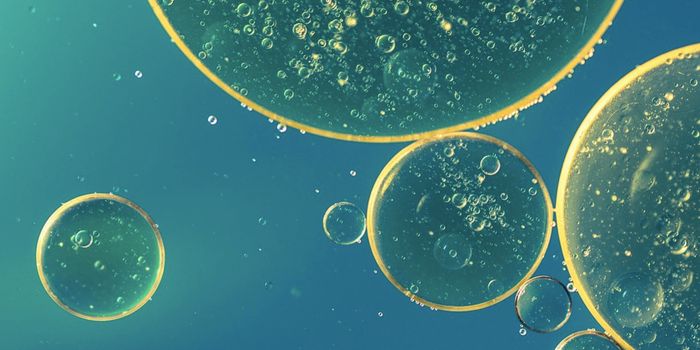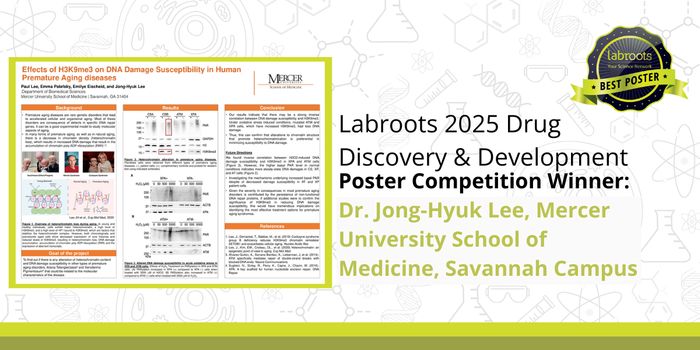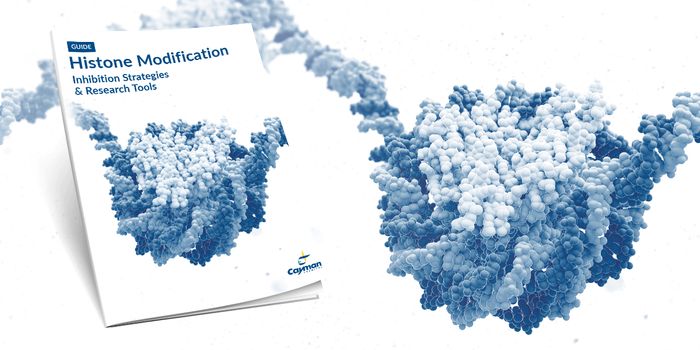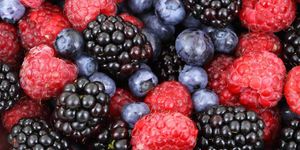Rethinking the Cause of Mutations That Lead to Melanoma
Throughout our lives, new cells often replace the ones that become damaged or worn out. As cells divide, they have to replicate the genome and properly distribute the copies to two new cells. We know that as that happens, errors might randomly occur that esacpe the cell's repair machinery, or they may happen because of some environmental influence that's not well-understood. Sometimes those errors happen in genes that are crucial to regulating cell growth. As mutations build up, cells may begin to divide uncontrollably and become cancerous.
Scientists have now found that a chemical conversion that is promoted by sunlight can lead to genetic mutations that cause melanoma. Reporting in Science Advances, researchers have suggested that there's more to this type of cancer than just copying mistakes. This research may have the potential to change how cancer is prevented or treated.
“Cancers result from DNA mutations that allow defective cells to survive and invade other tissues. However, in most cases, the source of these mutations is not clear, which complicates development of therapies and prevention methods,” said corresponding study author Gerd Pfeifer, Ph.D., a professor at the Van Andel Institute. “In melanoma, we’ve now shown that damage from sunlight primes the DNA by creating ‘premutations’ that then give way to full mutations during DNA replication.”
Research has shown that melanoma is closely connected to sun exposure, and specifically, radiation called UVB that's known to damage DNA. Melanoma starts in skin cells that generate pigment, and this cancer is more likely to move into other tissues, making it dangerous. Melanoma has been found to have more mutations than other cancers. But the mutations in melanoma seem to happen after a chemical change.
DNA has a structure in which chemical bases are paired: adenine (A) with thymine (T), and cytosine (C) with guanine (G). When specific pairs: CC, TT, TC, and CT are exposed to UVB rays, they can link together chemically, which destabilizes them. This instability can make C transform into uracil, which is a base found in RNA but is not normally in DNA. This change seems to prime the DNA, or premutate it. When normal cell replication happens, the wrong base gets incorporated in place of the uracil, and the mutation is complete.
These changes appear to underlie melanoma. These mutations might remain dormant and not cause any disease for years, accumulating slowly over time depending on how much sun exposure a person gets. This is why it's important to be safe when spending time in the sun, noted Pfeifer, who said that only ten to fifteen minutes of UVB exposure, about what we'd get at high noon, was enough to cause premutations.
“While our cells have built-in safeguards to repair DNA damage, this process occasionally lets something slip by. Protecting the skin is generally the best bet when it comes to melanoma prevention,” said Pfeifer.
Sources: AAAS/Eurekalert! via Van Andel Institute, Science Advances
